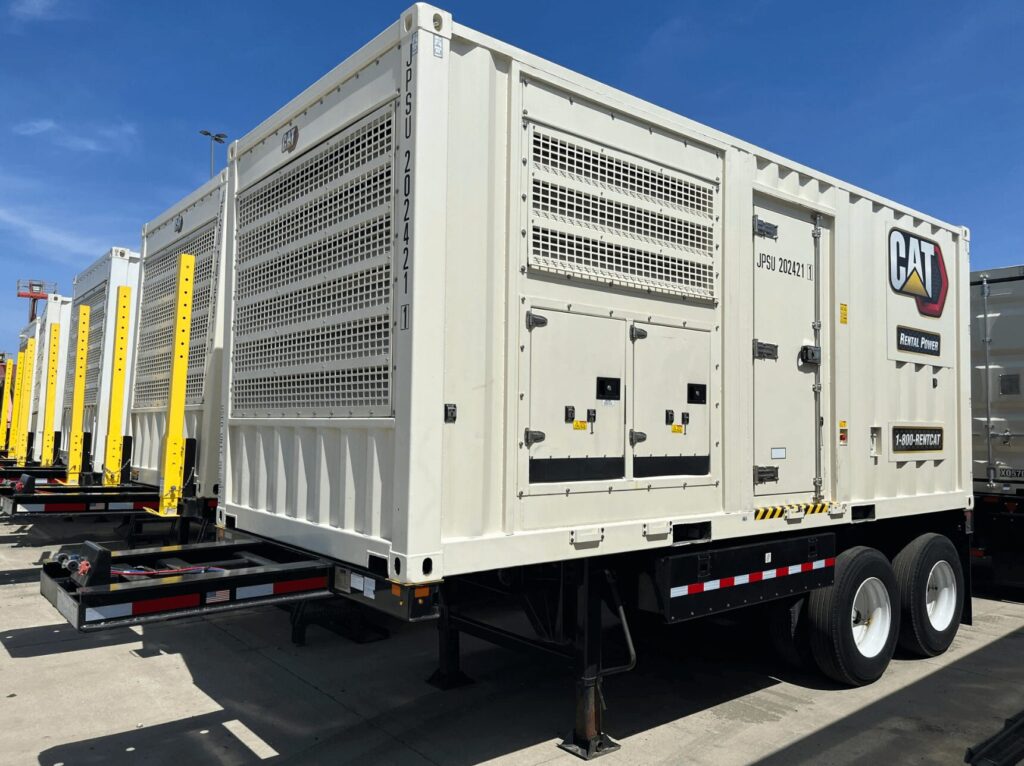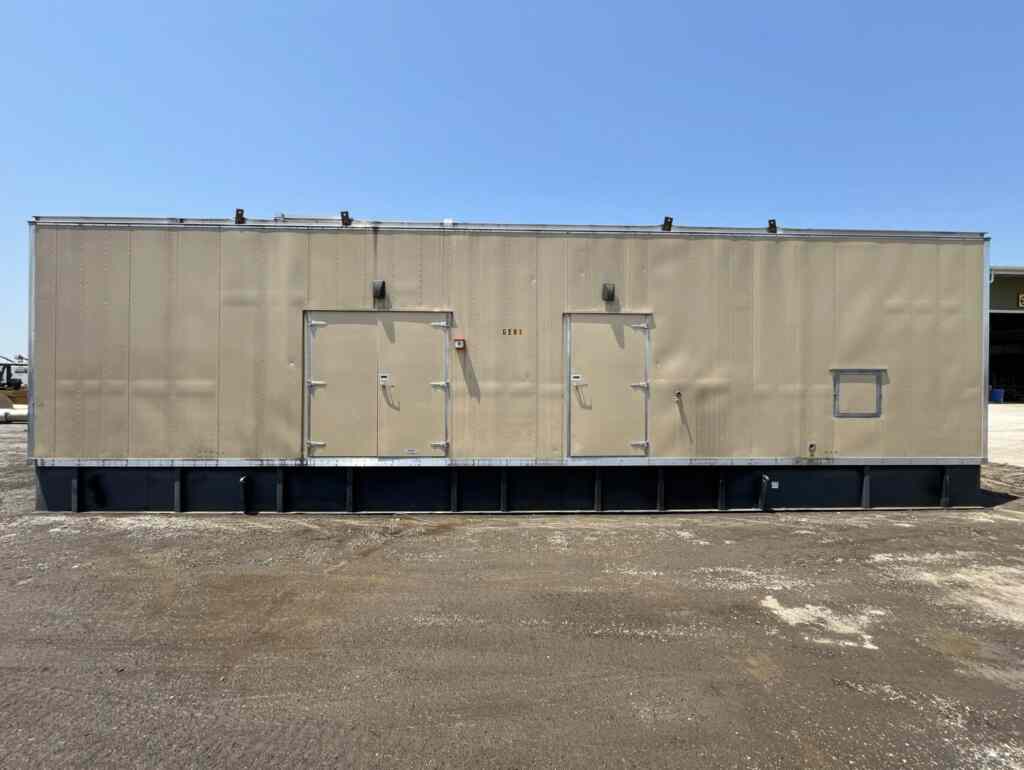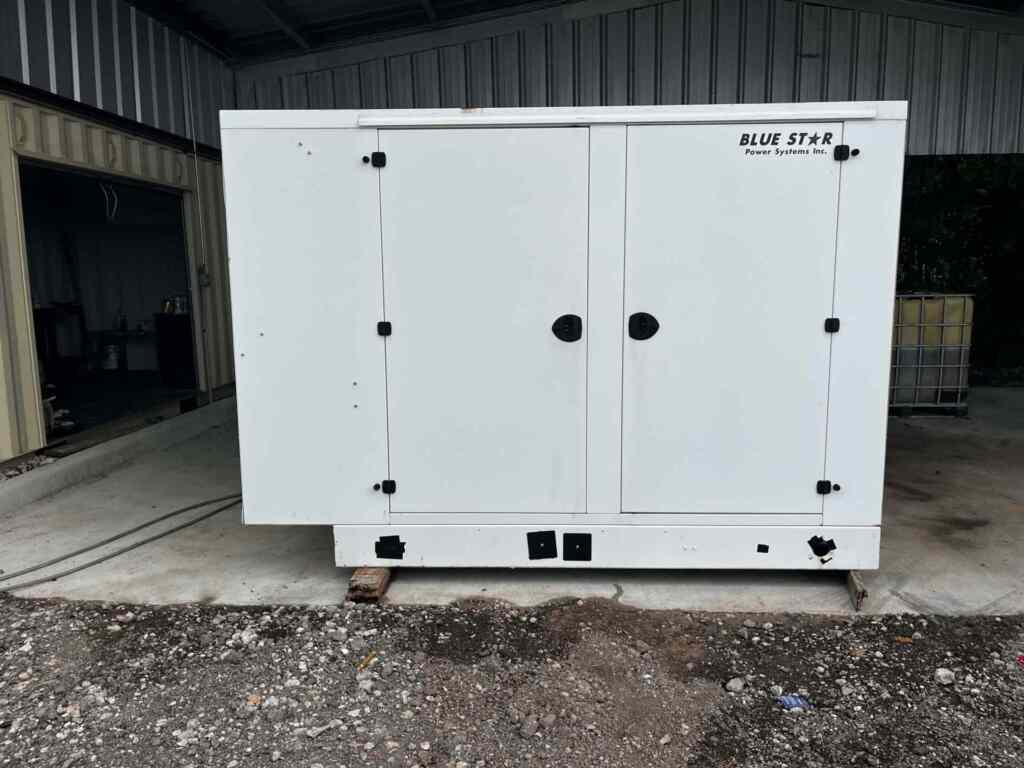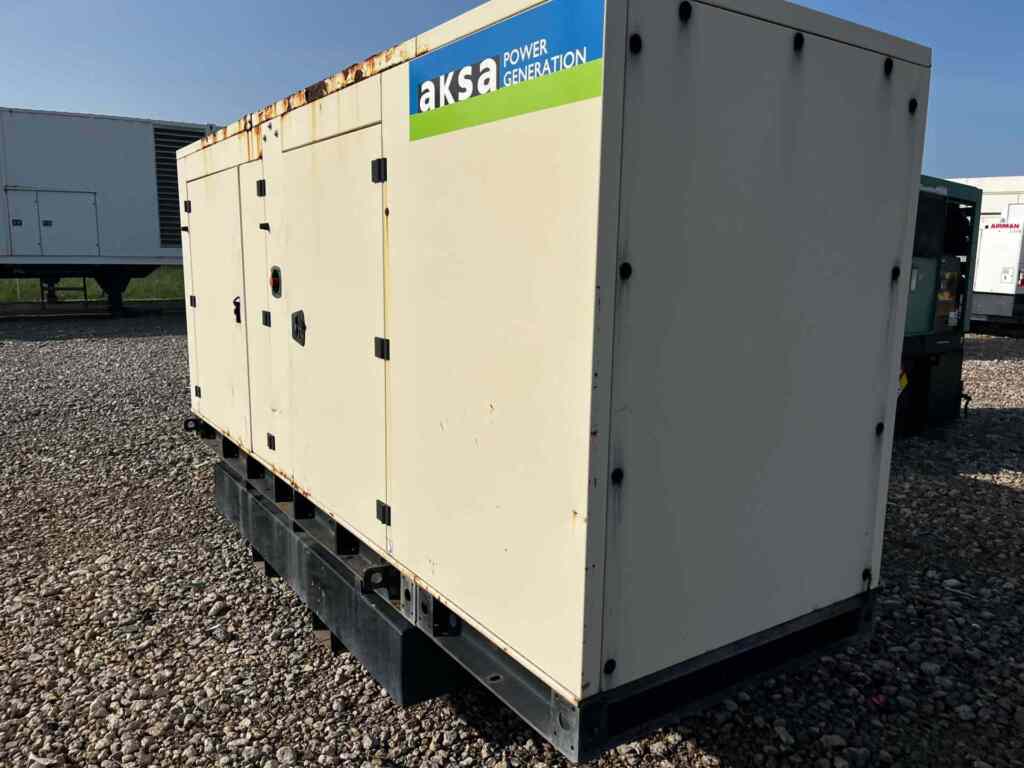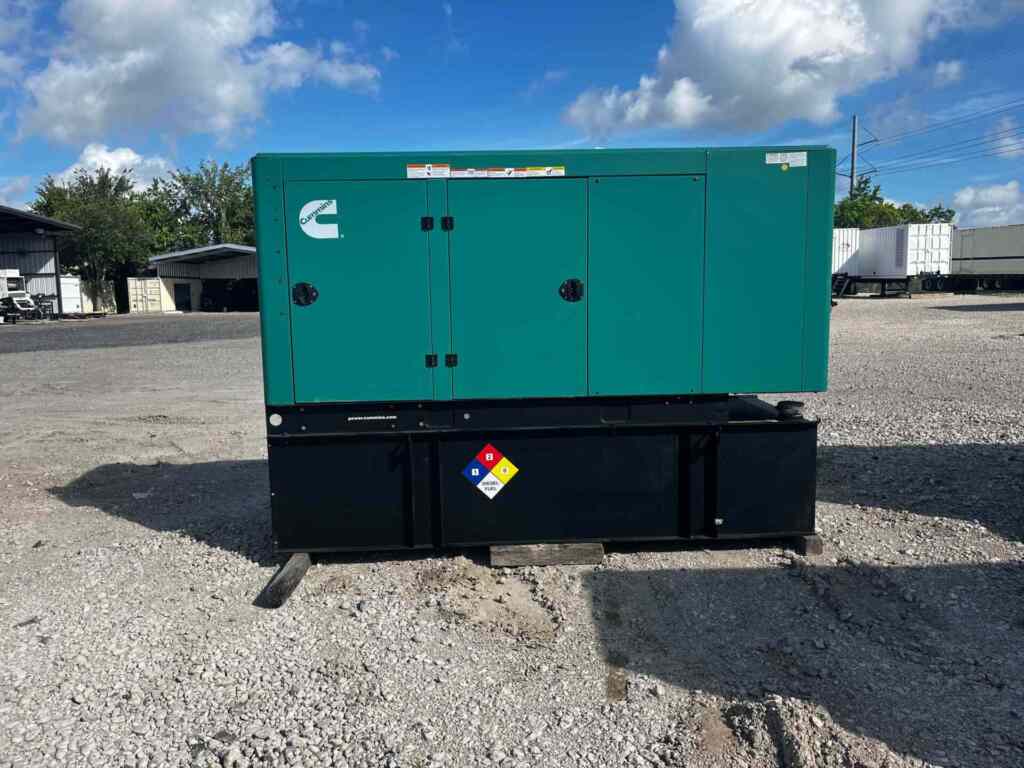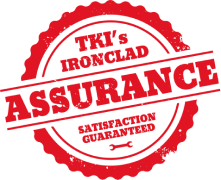Selecting an industrial generator is about more than horsepower, kilowatts, or manufacturer reputation. Today, environmental regulations and emissions control standards play a significant role in determining the right equipment for your facility or job site. Tier ratings, set by the U.S. Environmental Protection Agency (EPA), define the allowable emissions levels for non-road diesel engines, which include industrial generators. These standards influence generator selection in multiple ways, from operational permits to long-term fuel efficiency and resale value.
What Are EPA Tier Ratings?
EPA Tier ratings are a regulatory framework designed to limit emissions from diesel-powered non-road engines, including those found in generators. These standards have evolved, with each successive tier imposing stricter limits on pollutants like nitrogen oxides (NOx), carbon monoxide (CO), hydrocarbons (HC), and particulate matter (PM).
Here’s a simplified breakdown of the tiers:
| Tier | Implementation Period | Key Emission Reductions | Common Applications |
| Tier 1 | 1996–2000 | Basic PM and NOx controls | Older industrial backup generators |
| Tier 2 | 2001–2006 | Significant NOx and CO reduction | Used in heavy-duty sites with moderate compliance needs |
| Tier 3 | 2006–2008 | Lower NOx limits, PM reductions | Mid-size standby systems, temporary power |
| Tier 4 Interim | 2008–2011 | PM reduction using particulate filters | Regions with transitional air quality needs |
| Tier 4 Final | 2011 onward | Drastic reduction in NOx and PM | Urban, eco-sensitive, and regulatory-heavy regions |
Why Tier Ratings Matter in Generator Selection
The tier rating of a generator isn’t just a regulatory checkbox. It impacts how the generator is used, where it can be installed, and the level of environmental compliance required. Choosing the wrong rating can lead to permitting delays, operational limitations, or even fines in regions with strict air quality rules.
Some of the key considerations include:
- Location-Specific Regulations: Local and state rules may require Tier 4 Final generators, especially in non-attainment zones or populated metro areas.
- Permit Complexity: Older Tier 1 or Tier 2 units might be harder to permit, depending on the use case and location.
- Fuel Efficiency: Higher tier ratings often correlate with advanced engine technology that consumes less fuel per kWh.
- Resale and Resilience: Tier 3 and Tier 4 generators hold greater value in resale markets due to wider compliance compatibility.
Understanding Your Power Requirements and Environmental Priorities
Generator selection must align with both power output needs and operational constraints, such as emissions allowances. Below are scenarios that highlight how these two aspects influence each other:
- Emergency Backup in Rural Areas: A Tier 2 generator may suffice where air quality regulations are more relaxed and usage is limited to infrequent outages.
- Construction Projects in Urban Areas: Tier 4 Final units are often mandatory due to city emissions policies. They also minimize complaints from noise and smoke.
- Aquaculture or Medical Facilities: These sectors benefit from low-emission units not only for compliance but also to protect sensitive ecosystems or health environments.
Balancing Emissions Standards with Power Efficiency
Environmental compliance doesn’t have to come at the cost of operational efficiency. Many Tier 4 Final generators are designed with fuel economy and energy conversion efficiency in mind. While upfront costs may be higher, long-term savings in diesel consumption and reduced maintenance often offset the initial investment.
Additionally, fuel injection systems, diesel particulate filters (DPFs), and selective catalytic reduction (SCR) technologies found in higher-tier generators contribute to both cleaner output and better fuel use.
When Older Tier Ratings Still Make Sense
Not all applications require the latest Tier 4 compliance. For some businesses, an older Tier 2 or Tier 3 generator might be the more practical and cost-effective option. Consider the following situations:
- Off-grid locations: If emissions are not tightly regulated, an older generator can still perform reliably at a lower cost.
- Temporary or remote-use projects: Lower-tier units are suitable for sites where power is only needed briefly or infrequently.
- Backup-only roles: A standby generator that runs just a few hours a year may not justify the expense of Tier 4 technology.
However, it’s important to weigh these benefits against future resale limitations and possible regulatory changes in your operating region.
Tier Rating and Resale Considerations
The tier rating also affects asset longevity and resale potential. As more regions tighten emissions laws, buyers are increasingly seeking Tier 3 or Tier 4-compliant units. Businesses planning to upgrade in a few years should anticipate this trend and select equipment that holds future resale value.
Turnkey resale specialists often recommend opting for the newest tier rating within your budget to future-proof your investment.
How Tier Ratings Affect Generator Maintenance
Maintenance routines differ by tier level. For example:
- Tier 2 Generators: Simpler systems with fewer electronics, but higher PM emissions requiring more frequent exhaust cleaning.
- Tier 3 Generators: May include basic electronic controls and offer better combustion efficiency.
- Tier 4 Final Generators: Require additional maintenance for emissions systems such as DPF regeneration and SCR refills, but deliver better long-term fuel economy.
Knowing what to expect in terms of upkeep helps businesses plan for operational costs and reduce downtime.
Choosing Based on Industry and Application
Every industry has unique power needs and environmental constraints. Here’s a quick reference on common tier alignment by industry:
| Industry | Recommended Tier Rating | Notes |
| Healthcare & Hospitals | Tier 4 Final | Low emissions are required to protect indoor air quality |
| Construction | Tier 3 or 4 | Depends on the region and project size |
| Aquaculture & Agriculture | Tier 3+ | Better for sensitive ecosystems and continuous use |
| Manufacturing Facilities | Tier 2 or higher | Based on power load, frequency of use, and location |
| Municipal & Utility | Tier 4 Final | Public accountability requires advanced compliance |
Support from Industry Experts
Choosing the right generator tier rating doesn’t have to be a guessing game. Partnering with experienced suppliers helps simplify the selection process by matching your needs with emissions standards and power performance. Industry professionals can assist with technical evaluations, site assessments, and long-term operational planning.
Power Up With Confidence Through Turnkey Industries
For businesses looking to make informed decisions on generator selection based on emissions standards, Turnkey Industries offers the experience and inventory depth to help you find the right fit. With over 15 years of industry expertise, we provide pre-owned industrial generators from trusted brands like Caterpillar, Cummins, and Kohler—fully inspected, load bank tested, and IronClad Certified for performance and compliance.
Whether your project requires Tier 2 flexibility or Tier 4 Final precision, Turnkey Industries delivers immediate availability, global shipping, and a 30-day warranty to ensure your investment is reliable from day one. Our team supports a wide range of industries, including hospitals, heavy construction, aquaculture, and infrastructure.
Explore our generator inventory today and get matched with a unit that meets both your power and compliance goals—backed by our commitment to quality and service.
 Turnkey Industries offers a variety of high-capacity
Turnkey Industries offers a variety of high-capacity 
